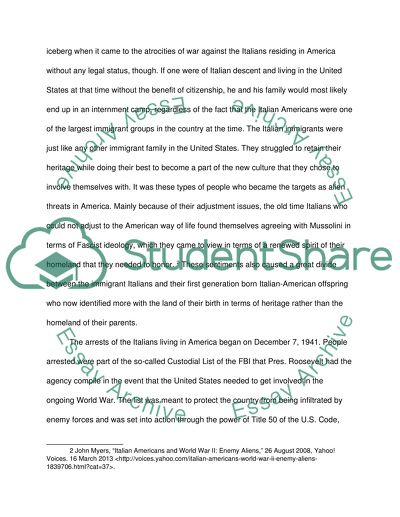Cite this document
(“The Italian-American Interment During World War II Research Paper”, n.d.)
The Italian-American Interment During World War II Research Paper. Retrieved from https://studentshare.org/history/1470842-the-italian-american-interment-during-world-war-ii
The Italian-American Interment During World War II Research Paper. Retrieved from https://studentshare.org/history/1470842-the-italian-american-interment-during-world-war-ii
(The Italian-American Interment During World War II Research Paper)
The Italian-American Interment During World War II Research Paper. https://studentshare.org/history/1470842-the-italian-american-interment-during-world-war-ii.
The Italian-American Interment During World War II Research Paper. https://studentshare.org/history/1470842-the-italian-american-interment-during-world-war-ii.
“The Italian-American Interment During World War II Research Paper”, n.d. https://studentshare.org/history/1470842-the-italian-american-interment-during-world-war-ii.


